Iresine Herbstii (Bloodleaf) Profile
Written by Iris
Nov 12 2021
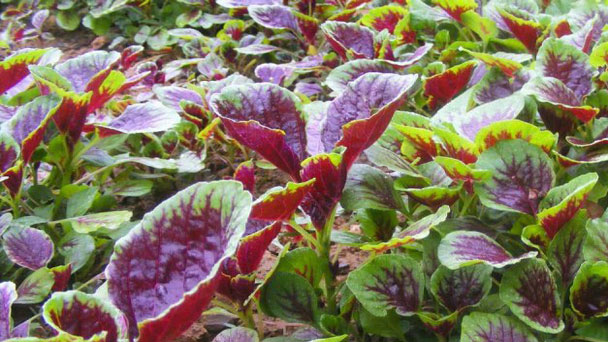
Iresine herbstii (Bloodleaf) is a evergreen perennial of the family Amaranthaceae native to Brazil. Iresine herbstii (Bloodleaf) have red-purple leaf color and with red-purple veins vermeil. The Branch of Iresine herbstii (Bloodleaf) extends to down the ground.
Iresine herbstii (Bloodleaf) PictureIresine herbstii (Bloodleaf) InfoEcological Habits of Iresine herbstii (Bloodleaf)Iresine herbstii (Bloodleaf) Distribution AreaHow to Grow Iresine herbstii (Bloodleaf)How to Care for Iresine herbstii (Bloodleaf)Iresine herbstii LightingIresine herbstii Soil CareIresine herbstii WateringIresine herbstii Temperature & Humidity CareIresine herbstii Fertilizer CareIresine herbstii Pruning CareUses of Iresine herbstii (Bloodleaf)Edible UsesLandscape UsesVarieties of Iresine herbstii (Bloodleaf)Iresine herbstii (Bloodleaf) Common Pests/DiseasesIresine herbstii (Bloodleaf) Companion Plants
Iresine herbstii (Bloodleaf) Picture
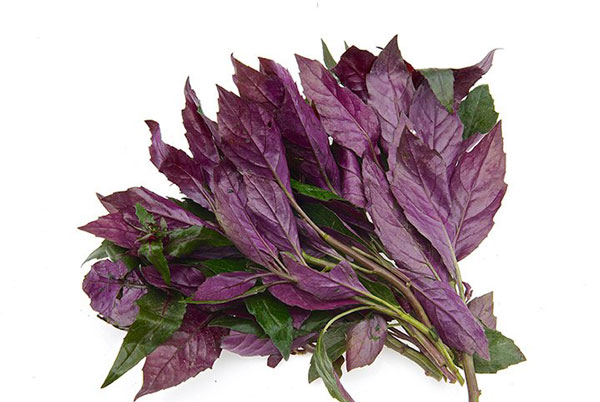
Iresine herbstii (Bloodleaf) Info
| Botanical Name | Iresine herbstii |
| Common Name | Bloodleaf, chicken gizzard, beefsteak plant |
| Plant Type | Herbaceous perennial |
| Mature Size | 12 to 18 inches tall when potted |
| Sun Exposure | Full sun, partial shade |
| Soil Type | Loamy, soil-based potting mixture |
| Soil pH | 5.6 to 5.9 |
| Bloom Time | Flowers not showy |
Ecological Habits of Iresine herbstii (Bloodleaf)
Iresine herbstii is a genus that contains about 30 species of flowering plants native to Brazil. Iresine herbstii occasionally produce small red leaves and are often variegated with green and white markings. iresine herbstii can grow well indoors under grow lights. However, if the Iresine herbstii stem becomes too long and straggly, it could signify that the plant is not receiving enough light. In their natural environment, Iresine herbstii can reach a height of up to 5 feet (1.5 m) with a wide spread of 3 feet (91 cm). When grown as an indoor plant, Iresine herbstii only grow to be around 12 to 18 inches (30-46 cm). Smaller Iresine herbstii plants can grow well in partial shade but can tolerate more light as they grow.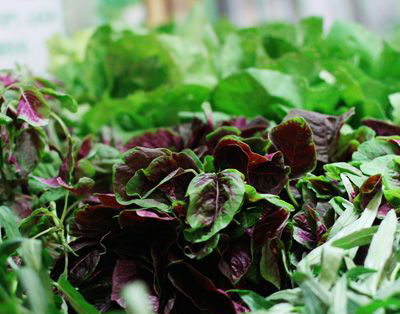
Iresine herbstii (Bloodleaf) Distribution Area
Bloodleaf (Iresine herbstii) is also called chicken-gizzard, beefsteak plant, or Formosa bloodleaf. Iresine bloodleaf plants are native to Brazil where they thrive in warm temperatures and bright sunlight. In their native environment, the plants reach heights of up to 5 feet (1.5 m.) with a spread of 3 feet (91 cm.), but when grown as annuals or potted plants they only grow 12 to 18 inches (31-46 cm.) tall.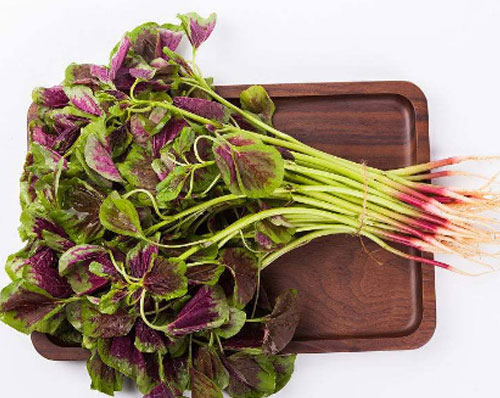
How to Grow Iresine herbstii (Bloodleaf)
You can easily propagate Iresine herbstii (Bloodleaf) by using cuttings. For the best results, cut the fleshy tip of the stem early in the spring season. Be sure that the stem cutting measures at least 3 to 4 inches (8 to 10 cm). Dip the end of the cutting into a rooting hormone and then root it in a container with moist perlite. Make sure to place this somewhere warm with a high humidity.Cover the container with a plastic bag to keep the moisture in. You can remove it when the plant starts to form new growth. The cuttings will start to develop roots fairly easily. As mentioned earlier, it develops fast and responds well to pruning.
The Iresine herbstii (Bloodleaf) should be repotted once a year until it reaches its mature size. Afterward, it can be repotted every other year or propagated again to create new plants before being discarded. It is commonly used as a bedding plant in tropical landscapes. Growing them in a mixed container along with other tropical plants creates a colorful and lively arrangement.
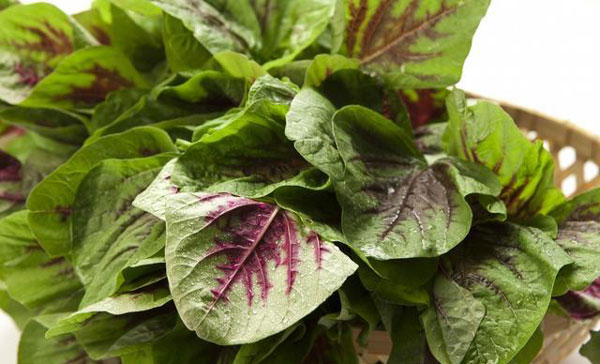
How to Care for Iresine herbstii (Bloodleaf)
Iresine herbstii Lighting
Smaller plants tend to thrive in partial shade, but as they grow they can tolerate more light. Iresine herbstii are margin plants by nature, meaning they grow on the edge of forests and can withstand varied light levels. Iresine herbstii can tolerate less light in the winter months, so don't place them too close to a window. If the Iresine herbstii plant is getting leggy, however, it's probably not getting enough light.Read More:
12 Popular Evergreen Plants with Pictures for Beginners
Iresine herbstii Soil Care
When growing outdoors, organically rich, well-draining soil is Iresine herbstii's favorite. For indoor growth, though, use a loamy, soil-based potting mixture.Iresine herbstii Watering
The Iresine herbstii (Bloodleaf) needs to be watered thoroughly as it enjoys moist soil. In order to check if the Iresine herbstii plant needs to be watered, press your finger into the soil to a depth of about an inch (3 cm). If the soil feels dry, water deeply and drain out the excess fluid. Adding a 2 or 3-inch layer of organic mulch can help retain moisture in the soil. During the winter, you will need to water less but make sure that the soil does not completely dry out. Make sure to also drain the saucer under the pot around 20 minutes after watering because the roots of the plant could start rotting if left sitting in the fluid.Iresine herbstii Temperature & Humidity Care
Iresine herbstii (Bloodleaf) cannot tolerate lower temperatures or cold, dry air,so they usually be called "warm house" plants. Iresine herbstii requires a temperature of at least 50 to 60 degrees Fahrenheit. Indoors, Iresine herbstii are best grown in places where often have warmth and humidity, for example, window boxes or bathrooms. If you put them in a glasshouse, Iresine herbstii will thrive there. Due to their low tolerance for cold, dry air, Iresine herbstii will need to be frequently misted and provided with adequate heat during the winter.Iresine herbstii Fertilizer Care
Feed Iresine herbstii with a high-nitrogen liquid fertilizer every two to three weeks throughout the growing season.Iresine herbstii Pruning Care
Iresine herbstii (Bloodleaf) will put out small, pale green-white flowers, but they're not showy. Therefore, most gardeners choose to pinch off the buds, so that the plant can divert its energy into growing its beautiful foliage.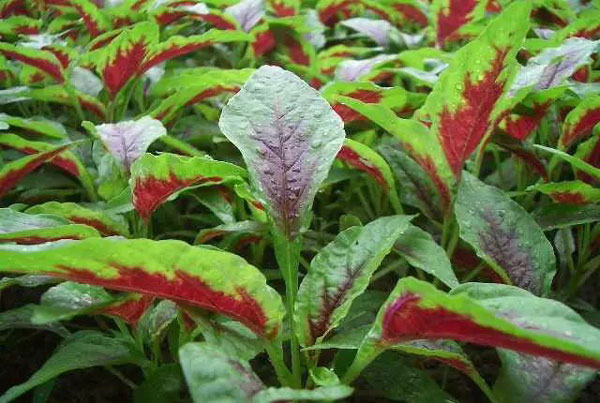
Uses of Iresine herbstii (Bloodleaf)
Edible Uses
The leaves are squeezed in water in order to obtain a red dye used for colouring agar agar jellies.Landscape Uses
Iresine herbstii (Bloodleaf) can be used as bedding plant, border plant and pot plant.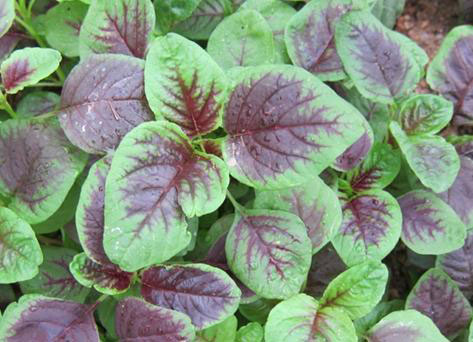
Varieties of Iresine herbstii (Bloodleaf)
There are dozens of species of Iresine herbstii, but only a few are grown for ornamental purposes.Iresine herbstii 'Brilliantissima': Bright red leaves with pink veins
Iresine herbstii 'Aueoreticulata': Green leaves with yellow veins
Iresine herbstii 'Blazin Rose': Deep red-purple leaves with pinkish-red veins
Iresine herbstii 'Acuminata': Dark maroon leaves with pinkish-red veins

Iresine herbstii (Bloodleaf) Common Pests/Diseases
A Iresine herbstii Bloodleaf) plant is susceptible to infestations of aphids and spider mites, although healthy, properly maintained plants are more resistant. Aphids are tiny insects that congregate on the undersides and joints of leaves, where they suck the sap from the plant. Spider mites, which also suck the juices from the plant, are so tiny they are difficult to see with the naked eye. However, Iresine herbstii are evidenced by a stippled or pepper appearance they leave on the foliage. Both are removed by regular application of an insecticidal soap spray or with a spray containing pyrethrin, a natural, plant-based substance. Although chemical pesticides are effective, they also kill beneficial insects such as ladybugs that feast on aphids and spider mites.Iresine herbstii (Bloodleaf) Companion Plants
Iresine herbstii (Bloodleaf) is combined with other tropicals such as Bananas or Cordyline. Contrast with the flowers of Verbena, Calibrachoa, or Petunia.
Latest Updated
- Benefits of Bugleweed - 7 Science-backed Health Benefits
- Bugleweed Dangers & Side Effects - Is It Poisonous?
- How to Plant Evergreen Trees - What You Should Know
- When to Plant Evergreens - Grow Guide for Evergreen Trees
- 12 Wonderful Evergreen Shrubs for Your Garden
- 12 Popular Evergreen Plants with Pictures for Beginners
- When And How To Prune A Lilac Bush Like a Pro
- How to Grow & Care for Lilac Vine (Hardenbergia Violacea)
- Japanese Lilac Tree (Syringa Reticulata) Care & Propagation Guide
- Shumard Oak Pros and Cons - What to Know
Popular Articles
- Winter maintenance of Antirrhinum Majus
- How to Grow Terminalia Mantaly Tree
- How to Grow and Care for Crossostephium Chinense
- How to grow Antirrhinum Majus in spring
- Peristeria Elata (Dove Orchid) Profile: Info & Care Guide
- Underwatered Snake Plant (Sansevieria Trifasciata) - Signs And How To Fix
- How to Care for Brazilian Jasmine Plant (Mandevilla Sanderi)
- How to Grow & Care for Graptopetalum Purple Delight in Summer
- Rosa Chinensis (China Rose): Plant Growing & Care Tips
- How to Care for Baby Sun Rose (Aptenia Cordifolia)